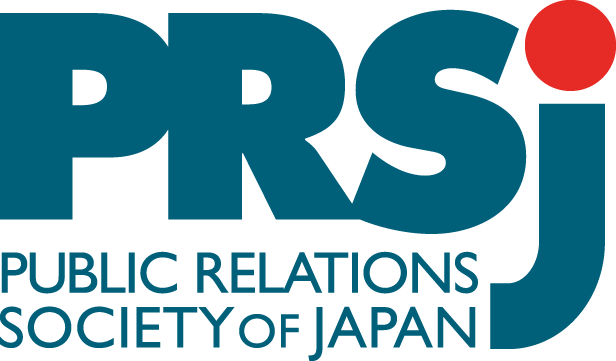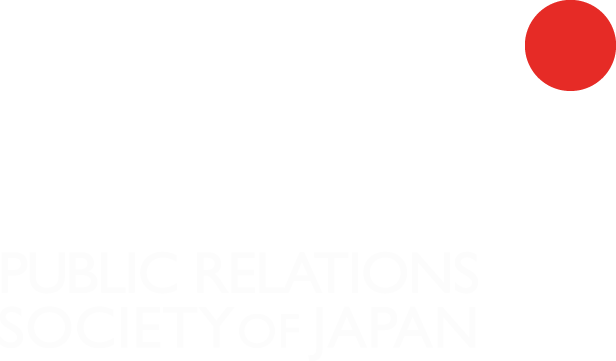PR Industry Survey : 2017
Immediate release
July 5, 2017
Public Relations Society of Japan
PR Industry Survey:
Japan’s PR industry worth 101.6 billion yen in FY2016,
up 7.2% from FY2014 survey
The Public Relations Society of Japan (PRSJ) announced the results of the 2017 PR Industry Survey. The survey has been conducted every two years since 2007, with this latest survey representing the sixth edition.
The survey was sent to 204 companies, including both members and non-members of the PRSJ, with responses received from 76 participants (effective response rate 37.3%, up from 35.5% in the previous survey).
The survey is designed to probe the latest trends in the PR industry based on respondents’ current leanings and to assess the scale of the PR industry*.
The 2017 survey shows that the Japanese PR industry was worth approximately 101.6 billion yen in fiscal 2016, surpassing 100 billion yen for the first time in the history of the survey. The industry grew by 6.8 billion yen, or 7.2%, from the previous survey which valued the industry at 94.8 billion yen in fiscal 2014.
* PR industry worth is calculated based on the total sales volume of survey respondents by taking factors such as the average number of employees at each PR firm into account. The 2016 fiscal year is the period from April 2016 to March 2017.
Outline of PR Industry Survey
Survey sample: 156 PRSJ member companies, 48 non-member companies; 204 companies total
Survey method: Postal survey
Response rate: 37.3%
Survey period: February-March 2017
Survey conducted by: Hummingbird
Notable findings of the 2017 survey are outlined below. Results of the previous survey are included in brackets.
PR Agency Profile
- Dedicated PR agencies employ 44.8 people on average (42.1 people); the median is 15 people, as the number of small firms is high
- The employee male-female ratio is 43:57 (45:55); the field continues lean towards being female-dominated
Future performance and business outlook
- 63% of respondents expect growth to continue, 26% expect growth to plateau
- Overall sales volume is expected to grow by 4.2% year-on-year
- 41% (50%) of respondents said the business outlook was “good,” while 38% (33%) responded “neither good nor bad”; respondents’ overall outlook is somewhat cautious
Areas of practice
As in previous years, media-related practice is the dominant area of work in which specialized PR agencies are engaged. Compared to the previous survey, work related to both “news wire services” and “video production/promotion” grew by over 20%, reflecting the changes in the media landscape PR practitioners work in following the recent rise of online media.
- Most common types of work PR agencies engage in (Multiple choice)
| Media monitoring/clipping services | 84.5% |
| Publicity planning/execution | 82.8.% |
| Mass media relations | 81.0% |
| PR consulting | 81.0% |
| Organizing/operating press conferences | 77.6% |
- Fastest growing types of work (Multiple choice; previous survey result in brackets; comparison to previous survey)
| News wire services | 56.6% (34.7%) +21.9% |
| Video production/promotion | 56.6% (34.7%) +21.9% |
| Planning/operating seminars/symposiums | 73.7% (54.2%) +19.5% |
| Communications with the general public | 50.0% (30.6%) +19.4% |
| Media monitoring/clipping services | 75.0% (55.6%) +19.4% |
Challenges in PR work/company management
- Challenges in PR work
Respondents felt that the most pressing challenges in their PR work were “developing/acquiring talent,” “developing new PR methods” and “improving quality of performed work.” The results are largely unchanged from the previous survey, suggesting there have been no dramatic shifts related to PR work.
(Multiple choice)
| Developing/acquiring talent | 82.9% |
| Developing new PR methods | 65.8% |
| Improving quality of performed work | 55.3% |
| Online surveys/PR | 44.7% |
| Diversifying service areas | 39.5% |
- Challenges in company management
The top challenges that respondents felt they faced in terms of company management were “boosting sales,” “improving employee motivation,” “work style reform,” “acquiring experienced mid-career talent,” and “partnership with other companies.” This was the first year in which “work style reform” was included as a possible answer, and it replaced “developing talent to succeed senior managers” as the third most common challenge.
(Multiple choice)
| Boosting sales | 65.8% |
| Improving employee motivation | 60.5% |
| Work style reform | 50.0% |
| Acquiring helpful mid-career talent | 48.7% |
| Collaborating with other companies | 47.4% |



